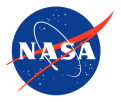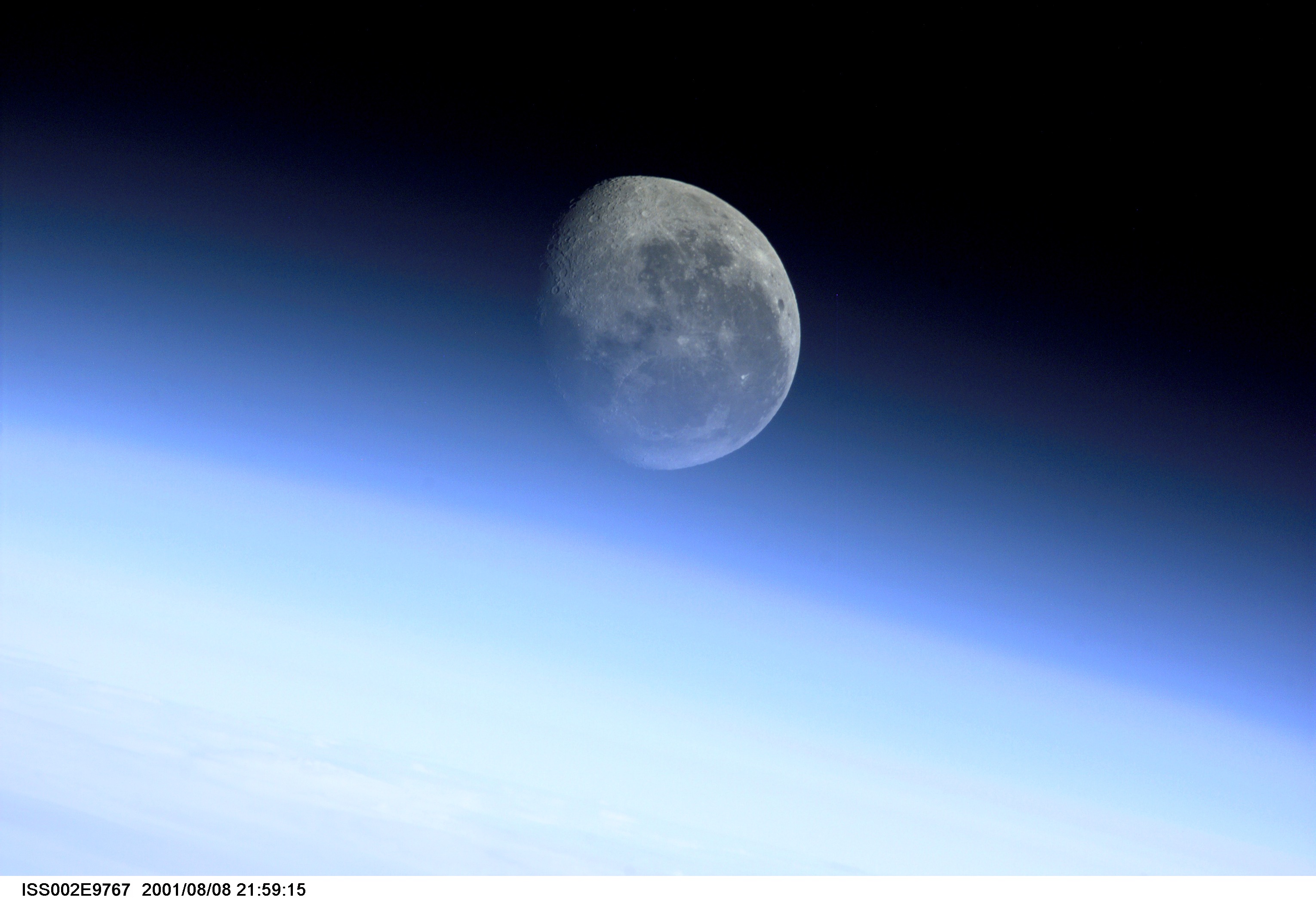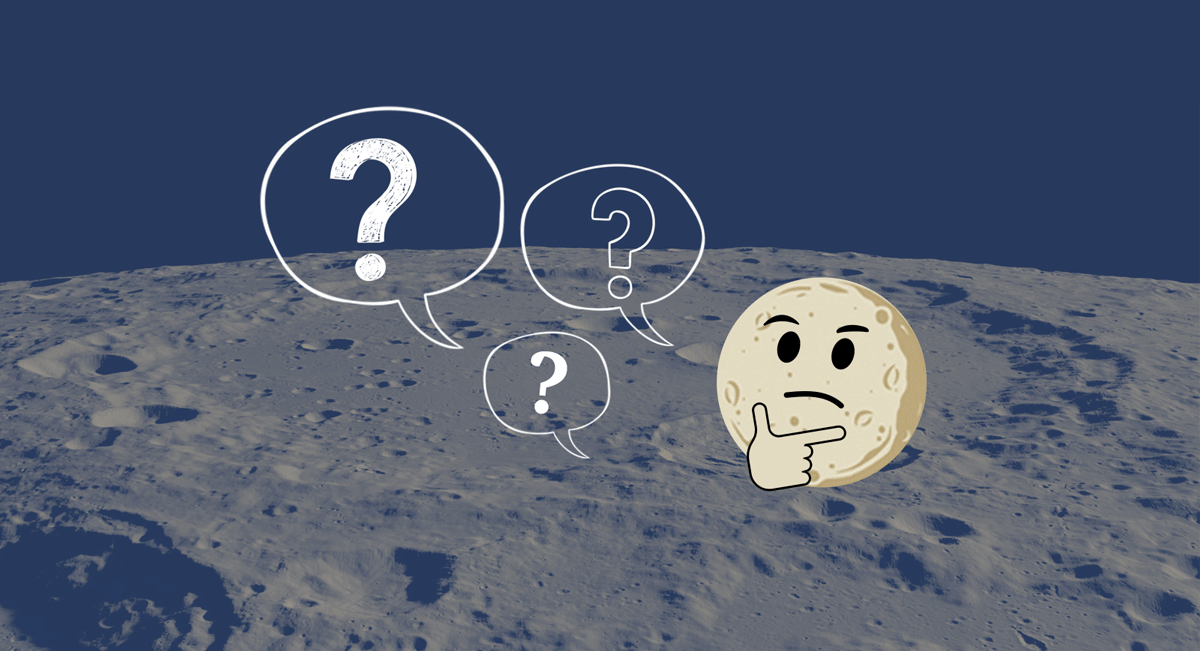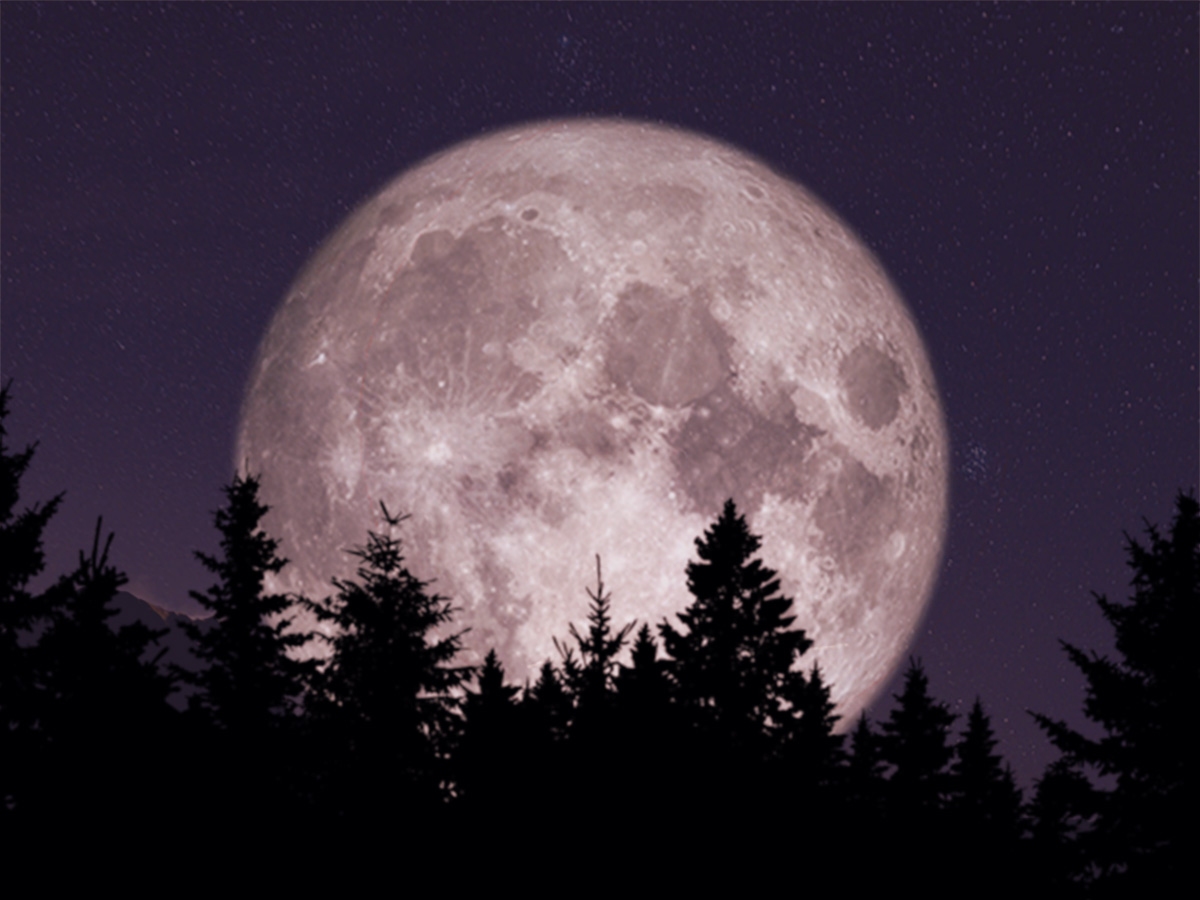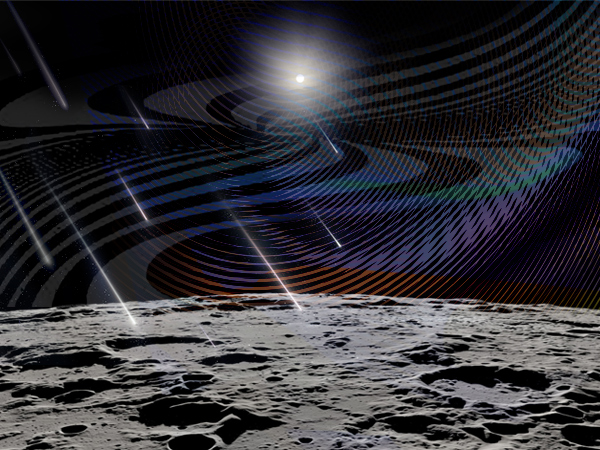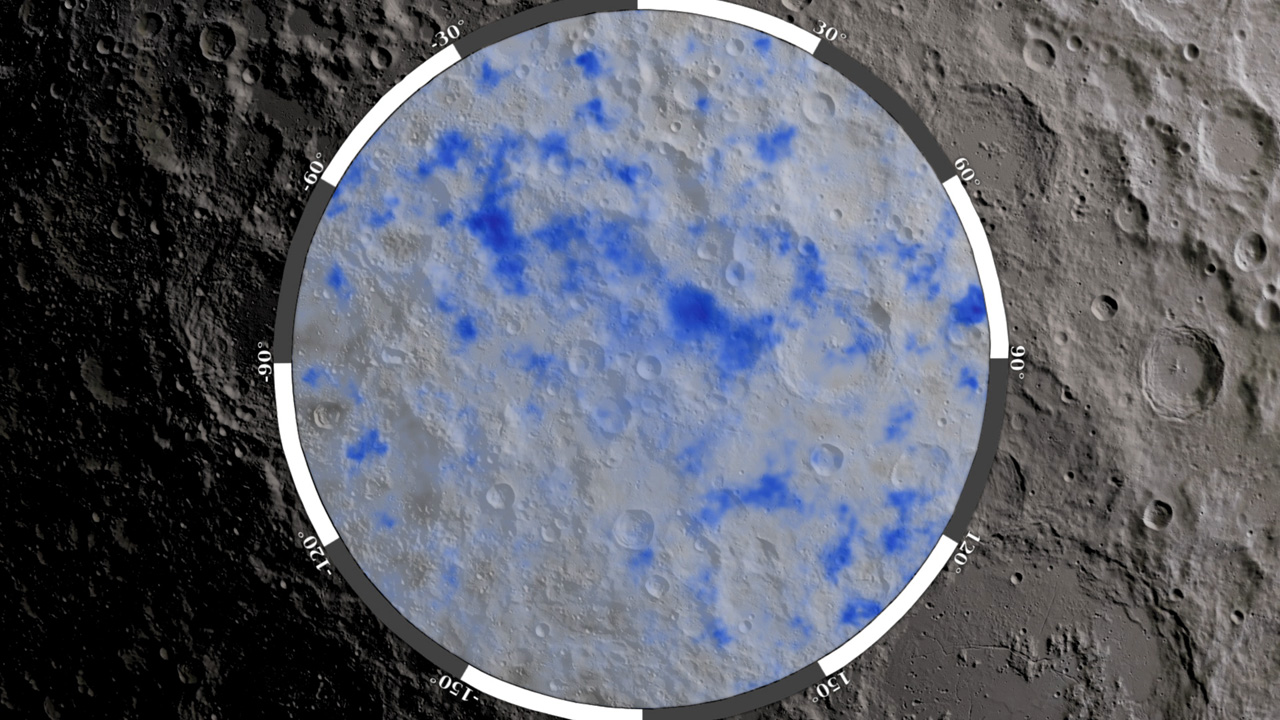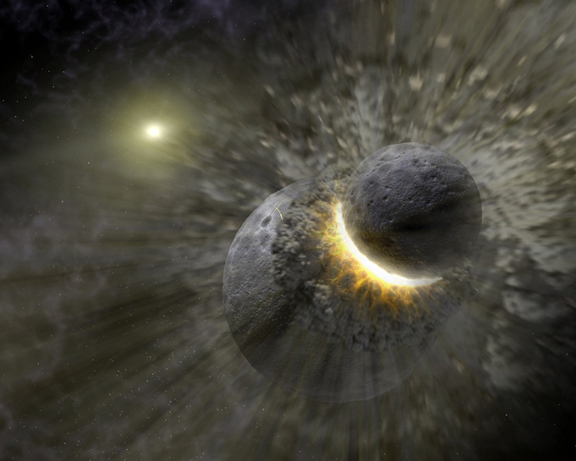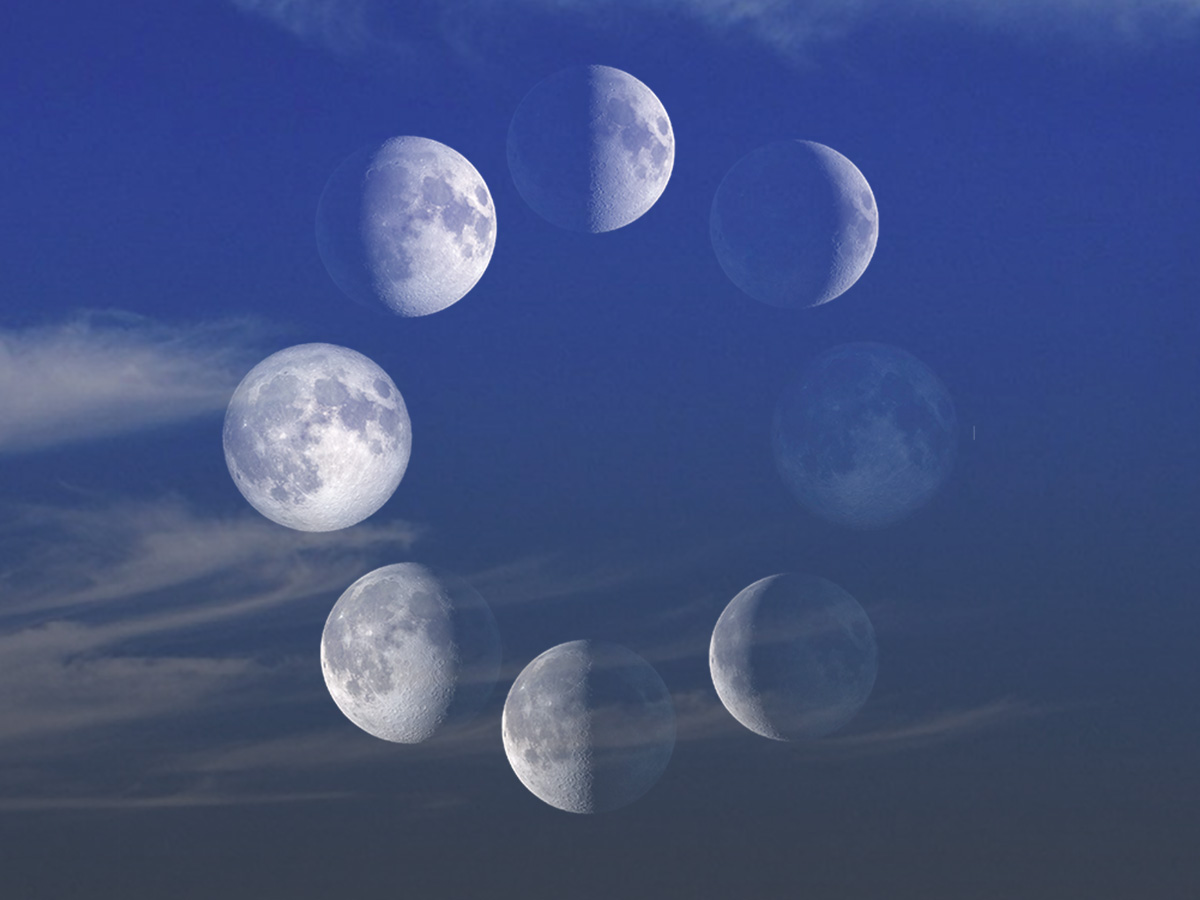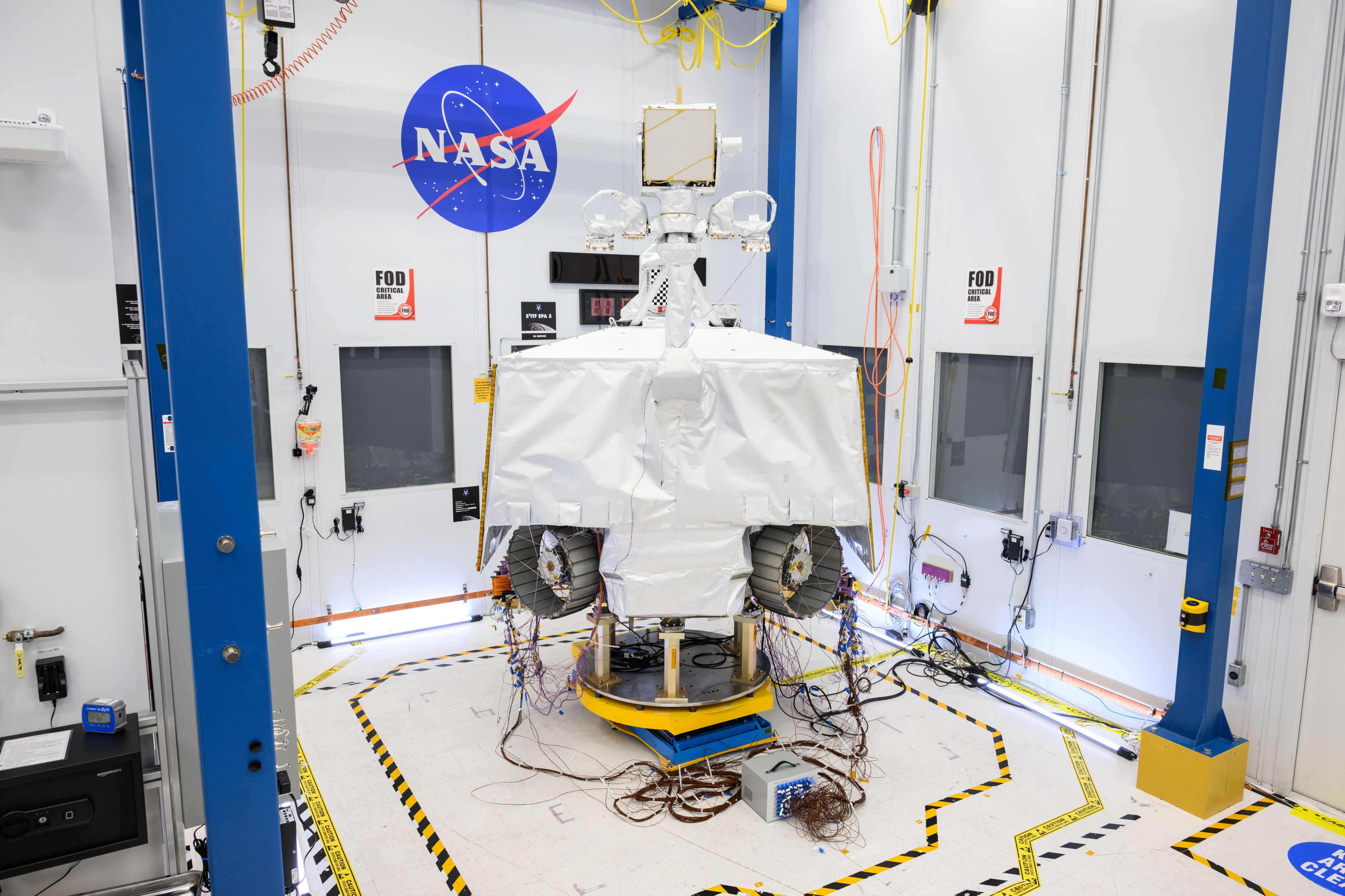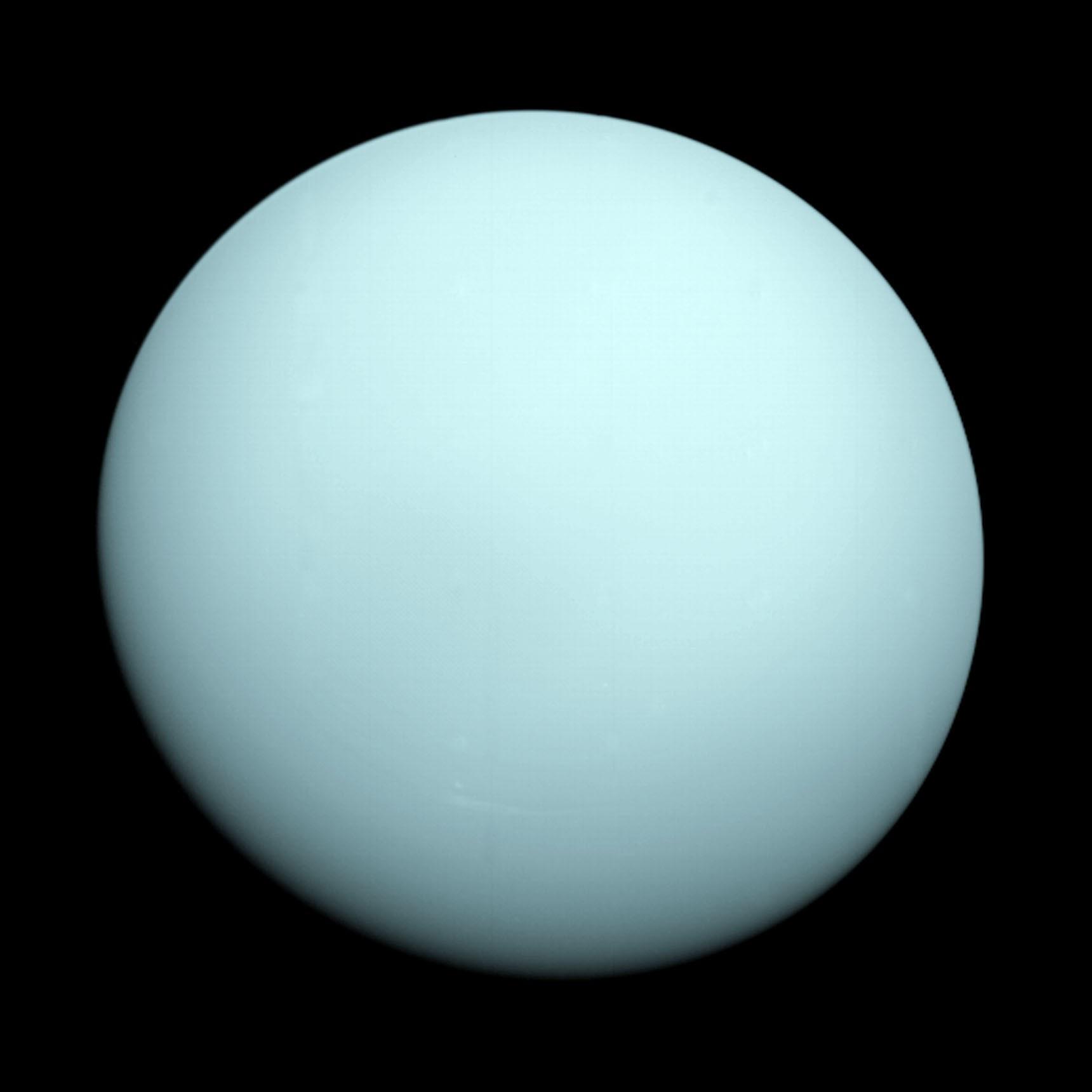Overview
Earth's Moon is the brightest and largest object in our night sky. The Moon makes Earth a more livable planet by moderating our home planet's wobble on its axis, leading to a relatively stable climate. It also causes tides, creating a rhythm that has guided humans for thousands of years.
The Moon was likely formed after a Mars-sized body collided with Earth several billion years ago.
Earth's only natural satellite is simply called "the Moon" because people didn't know other moons existed until Galileo Galilei discovered four moons orbiting Jupiter in 1610. In Latin, the Moon was called Luna, which is the main adjective for all things Moon-related: lunar.
Moon Phases 2024
This visualization shows the Moon's phase at hourly intervals throughout 2024, as viewed from the Northern Hemisphere.
About Moon PhasesJoin us September 14!
Registration is now open! Join a global community of observers by registering a virtual or in-person event, or observing on your own.
Learn more and register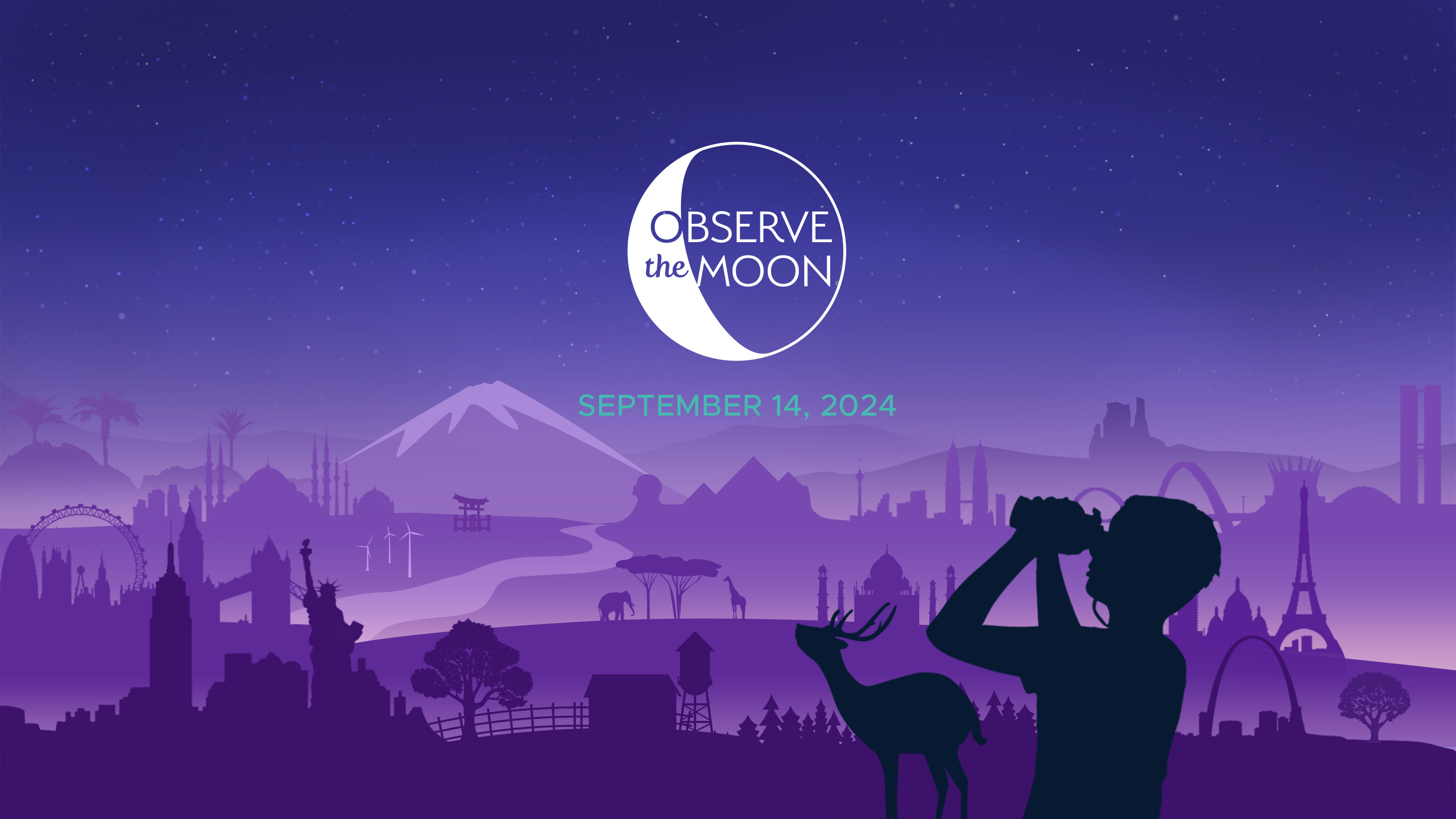
Explore the Moon
Lunar Reconnaissance Orbiter ImagE:
Far Side of the Moon
The Moon's far side gets as much sunlight as its near side.
Like Earth, the Moon has a day side and a night side, which change as the Moon rotates. The Sun always illuminates half of the Moon while the other half remains dark.
NASA’s LRO mission has used its seven science instruments to map the entire lunar surface, including the Moon's near and far sides, down to a scale of one meter.
